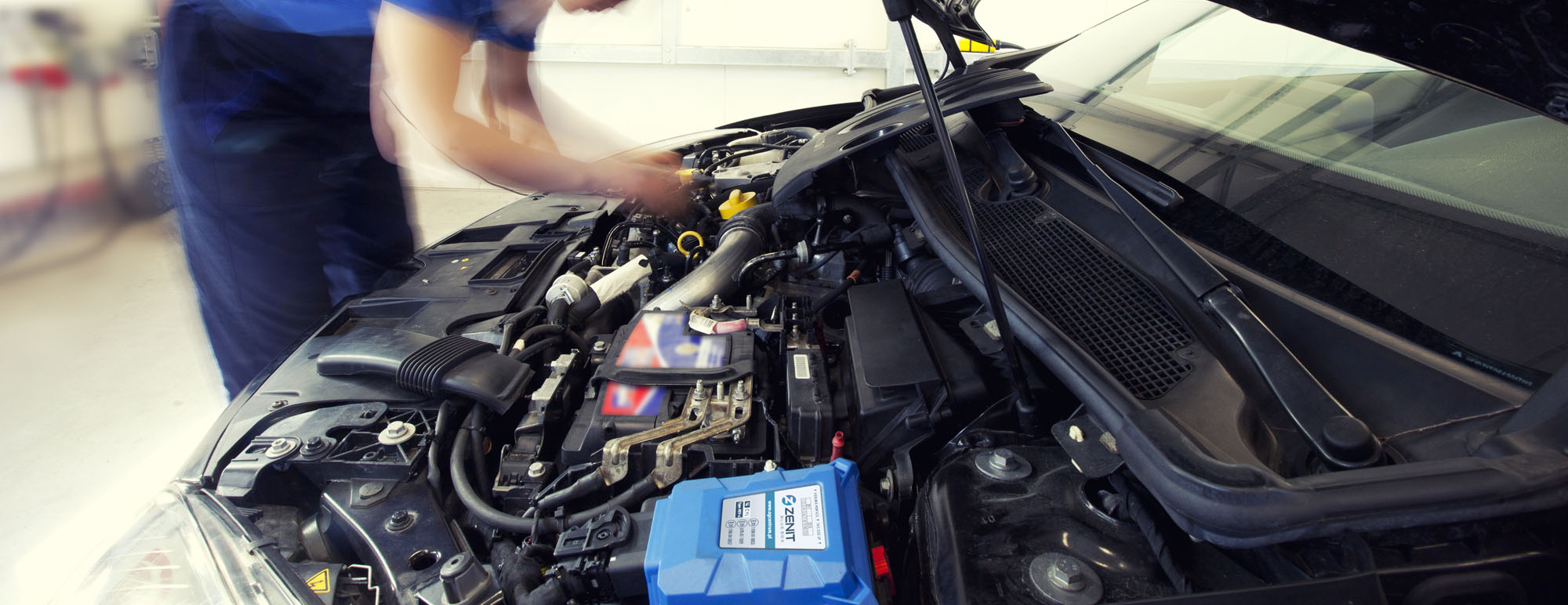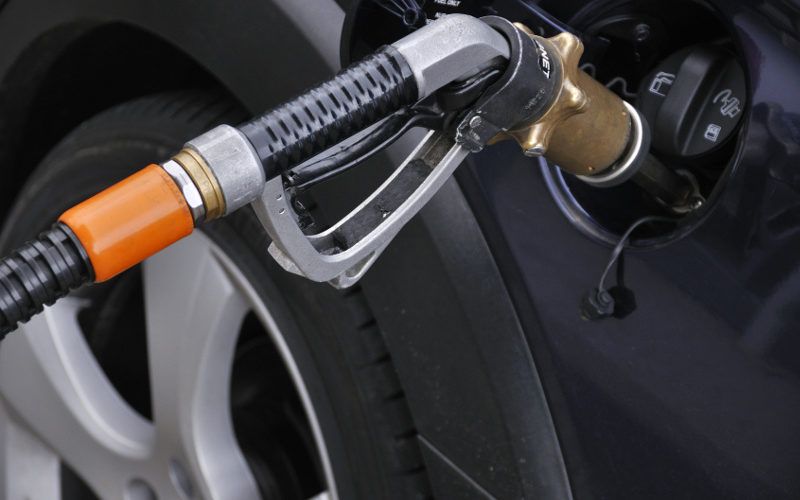Advantages and disadvantages of different types of gas installations
The simplest LPG installation is called the 1st generation. It consists of a gas storage tank, pipes supplying it to the evaporator and a mixer mounted in front of the throttle valve. This is a simple set, which, however, is definitely enough for the older model of the vehicle – carburetor – to travel on the roads. Another type of installation is the 2nd generation. It is installed in the cars with the fuel injection with metal and plastic inlet manifold of the engine. These installations are equipped with a simple computer controlling the composition of the mixture and controls the valve via a stepper motor. The 3rd generation installation is another improved solution, while the 4th generation is a modern and the most popular solution. Installations of the 4th generation are used in most vehicles travelling on Polish roads. The installation of sequential gas injection has its own controller, which is connected to the factory-made petrol system and to individual sensors, depending on the car’s model. Assembly of these installations requires a visit in a professional workshop specializing in this type of work.
Advantages and disadvantages of individual types of LPG installations
- Installation of the 1st generation
– Advantages: low price, easy assembly, easy repair, low service costs
– Disadvantages: the need for frequent adjustment, high fuel consumption, poor performance, low engine work culture, this installation fits only for carburetor cars
- Installation of the 2nd generation
– Advantages: low price, simple construction, more precise gas dosing than in the 1st generation
– Disadvantages: relatively frequent visits to a service workshop, and possible difficulties in using turbocharged engines
- Installation of the 3rd generation
– Advantages: friendly for engines with plastic and metal inlet manifold
– Disadvantages: possible difficulties in cars with EOBD
- Installation of the 4 th generation (state-of-the-art solution)
– Advantages: uses data from the engine controller, precise fuel dosage, does not affect the functioning of the EOBD self-diagnosis, maintain car power, full compatibility with the petrol engine
– Disadvantages: LACK: correct assembly and appropriately selected, high quality components of the installation are considered as a guarantee of absence of defects.

